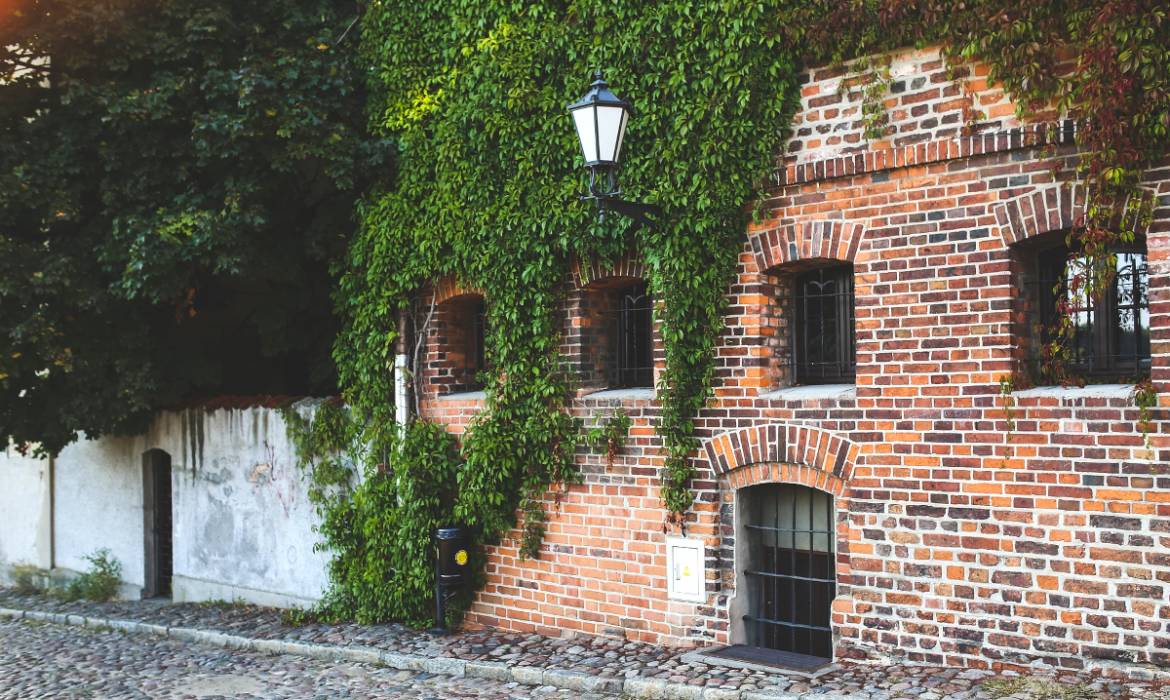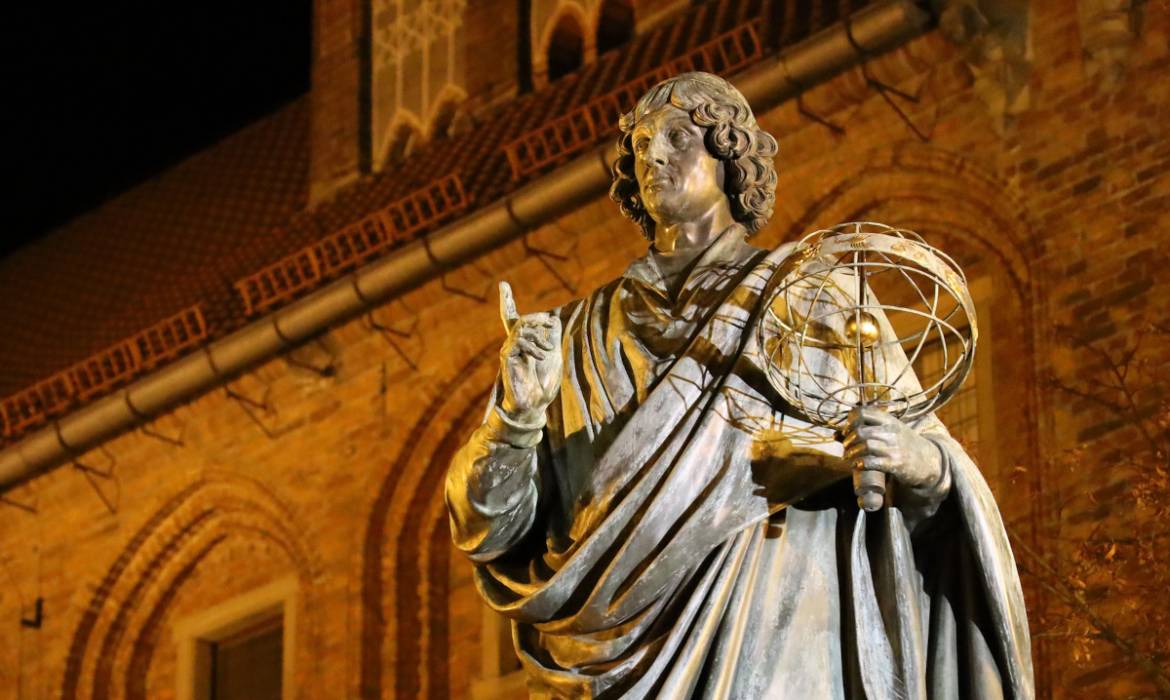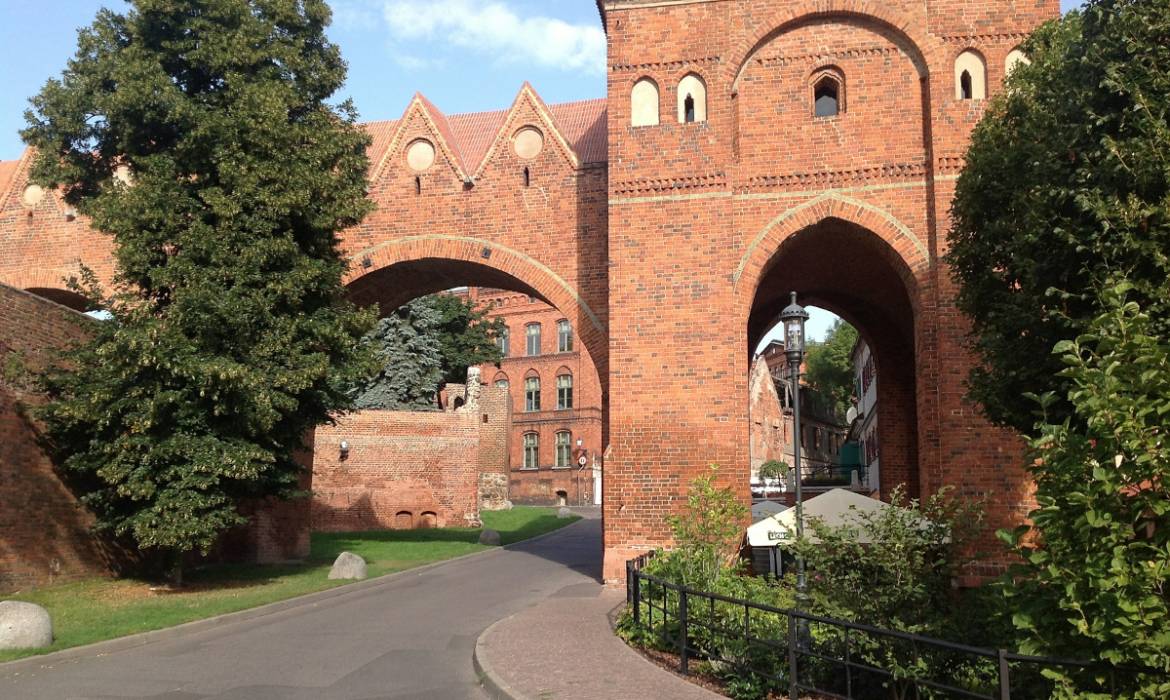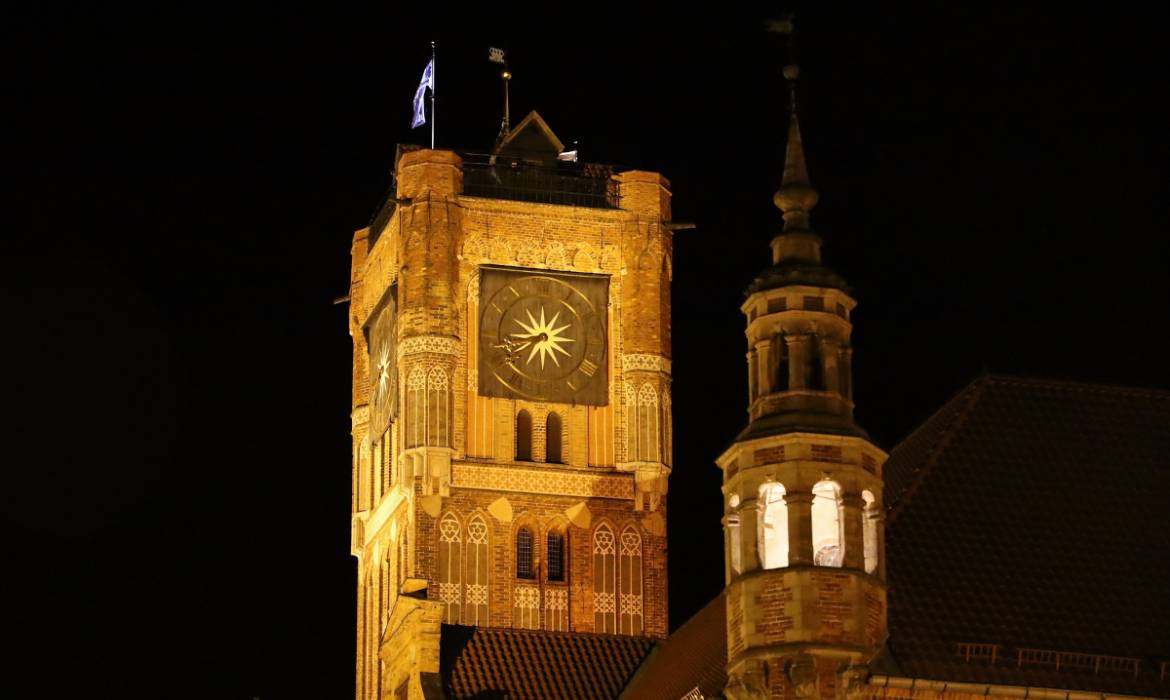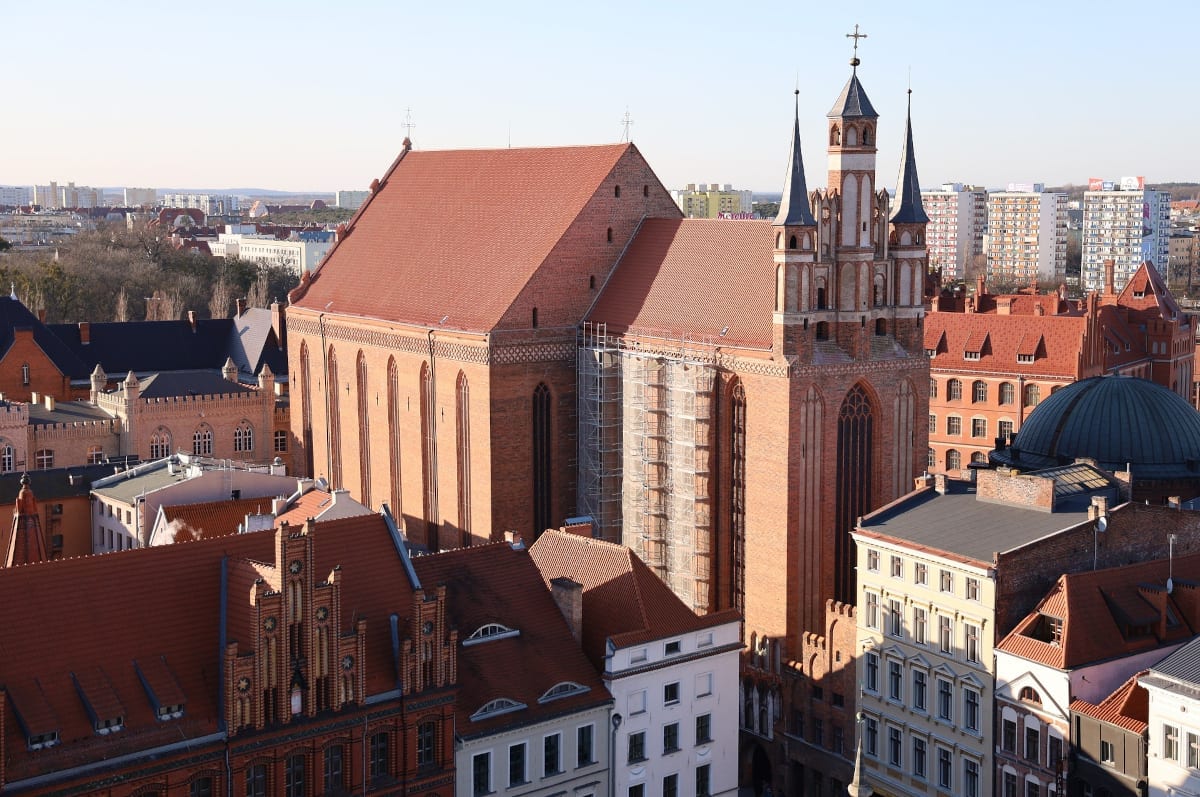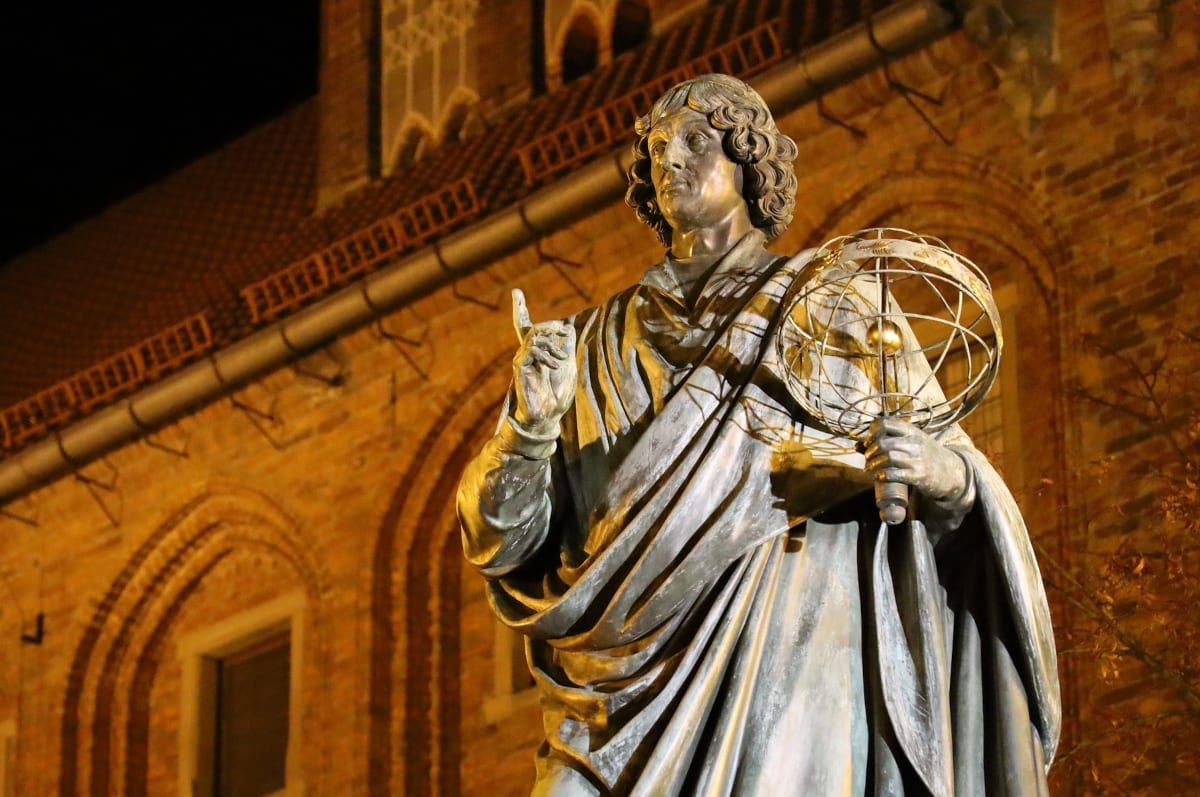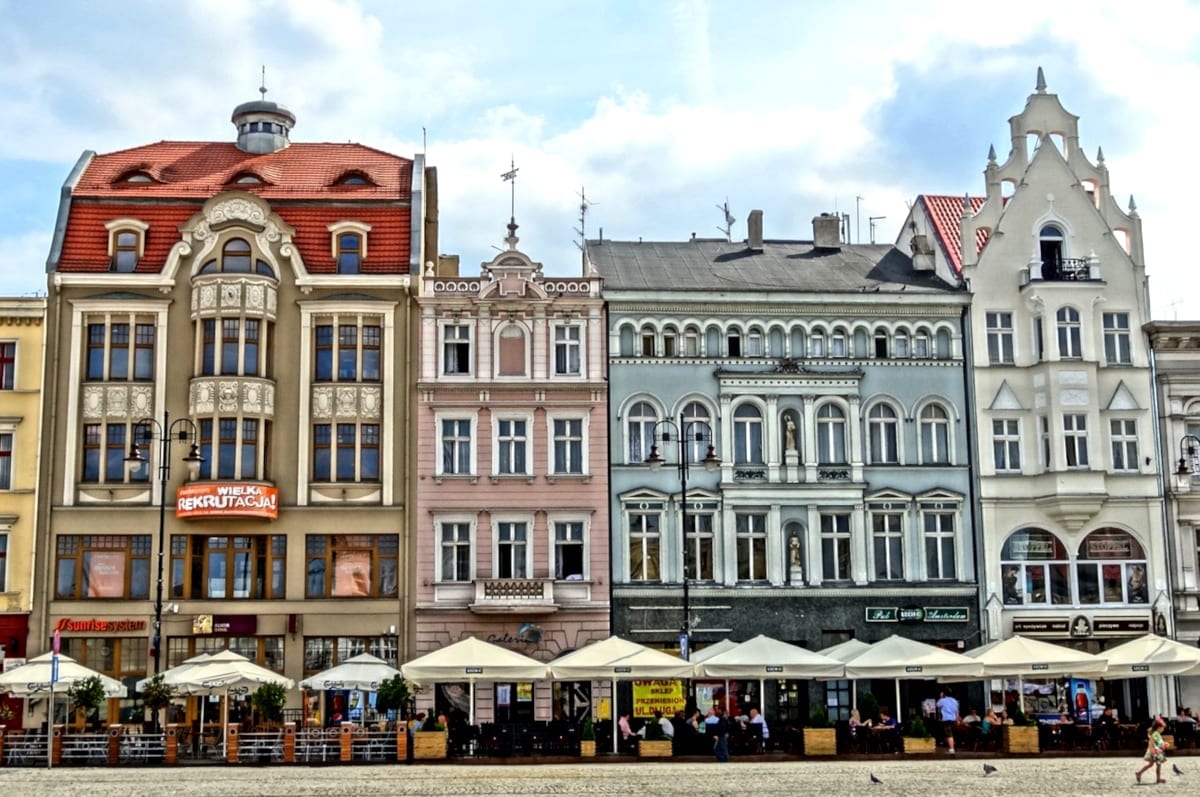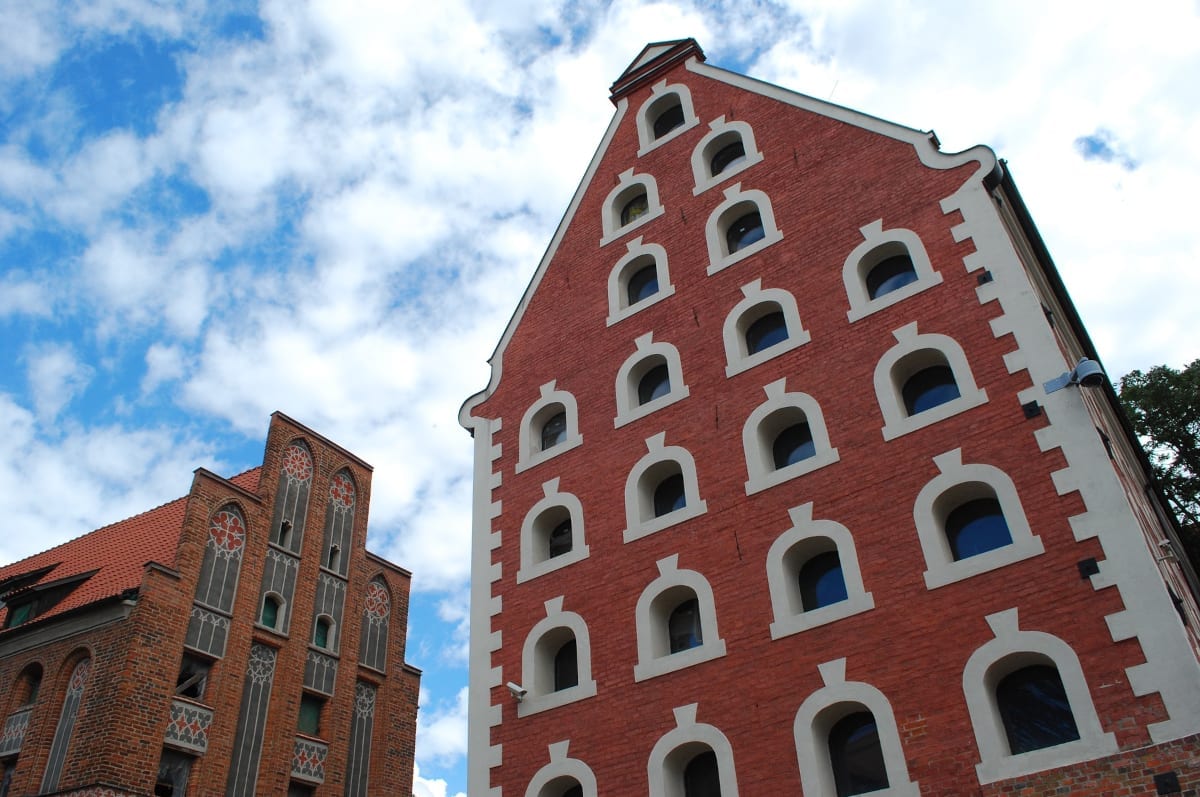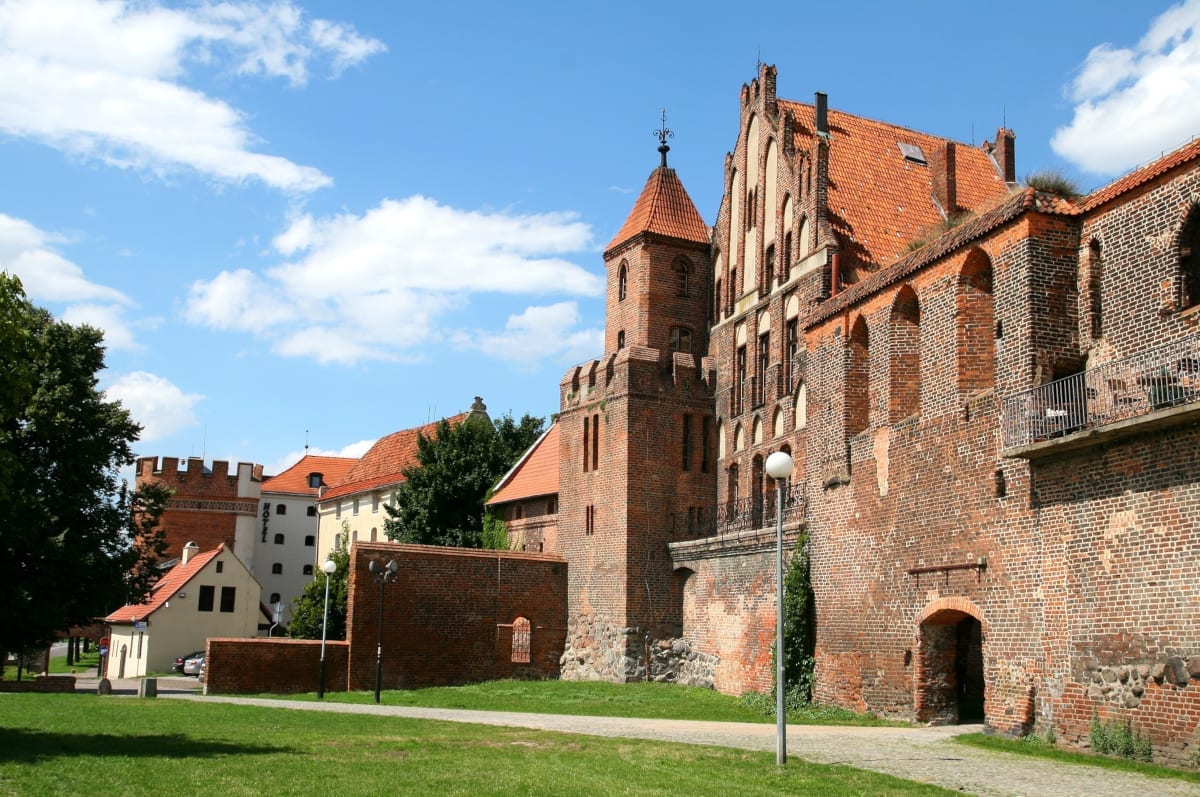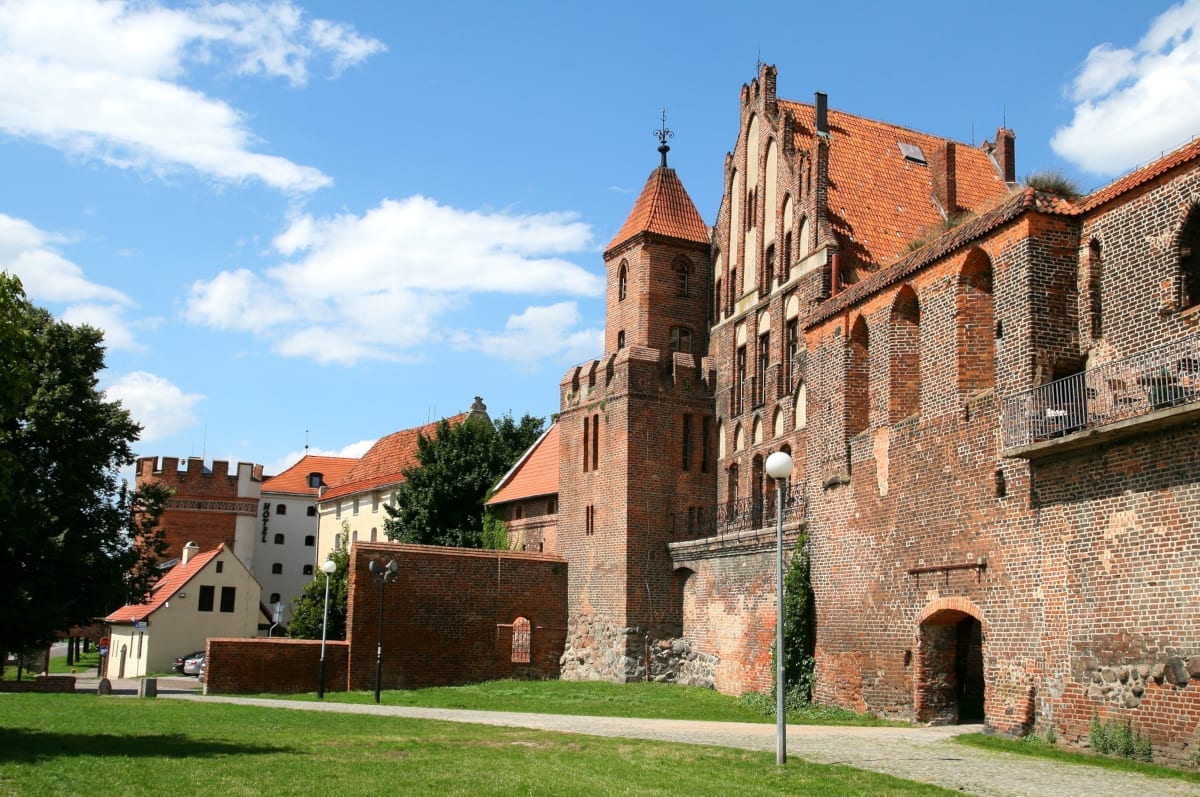

World Heritage site
Today, the Medieval Town of Torun (Toruń) is a historical city on the Vistula River in north central Poland and shares the title of capital city of the Kuyavian-Pomeranian Voivodeship with the city of Bydgoszcz.
The entire city is listed as a UNESCO World Heritage site for being an unusually well-preserved example of a medieval European trading and administrative centre. Torun is made up of three areas: the Old Town to the west, the New Town to the east and Torun castle in the south east.
The Teutonic Order built a castle in Torun in the mid-13th century as a base for the conquest and evangelization of Prussia, and the city soon became a significant European trading and administrative centre with a commercial role as part of the Hanseatic League.
In the Old and New Town, the many imposing public and private buildings from the 14th and 15th centuries are striking evidence of Torun’s importance. Typically, the Old Town is laid out around the Old Town Market Place and here you will find the Old Town Hall, Cathedral Basilica of St. John the Baptist and St. John the Evangelist, Church of the Assumption of the Blessed Virgin Mary and the remains of the old town wall. The New Town features the Church of St James and Church of St Nicholas.
The Torun Castle is located between the Old and New Towns at their southern boundary. The Medieval Town of Torun was centred around the castle; which was destroyed during an uprising in 1454, when the local townspeople revolted against the Teutonic Order. The castle was partially excavated, rebuilt and turned into a historical monument in 1966.
Gingerbread
Torun was left mercifully untouched by World War II and a walk through the city today provides a complete picture of life back during medieval times. You’ll find Gothic parish churches in both the Old Town and the New Town in addition to medieval brick townhouses complete with Gothic façades, partition walls, stucco-decorated ceilings, vaulted cellars, and painted decoration.
Torun has the largest number of preserved Gothic houses in Poland, many with Gothic wall paintings or wood-beam ceilings from the 16th to the 18th centuries.
A good example of a Gothic townhouse is the house in which Nicolaus Copernicus was reputedly born in 1473; it has been preserved as a museum devoted to the famous astronomer’s life and achievements. His name in Polish is Mikołaj Kopernik and you will see references to him all over the city, you can even buy gingerbread shaped in his image. Gingerbread is important to Torun, the Museum of Gingerbread is a popular tourist attraction.
The Medieval Town of Torun has benefited from numerous renovation projects in recent years, in particular the Old Town area. Buildings, pavements, streets and squares have been painstakingly reconstructed reversing them to their historic appearance.
At night, many of the buildings in the Old Town are illuminated including the city walls along the boulevard. This is the best time to enjoy one of the city’s great restaurants.
Other popular tourist attractions in the city include the Zoo and Botanical Garden opened in 1965 and 1797 respectively. See the Top 10 things to do in Torun.
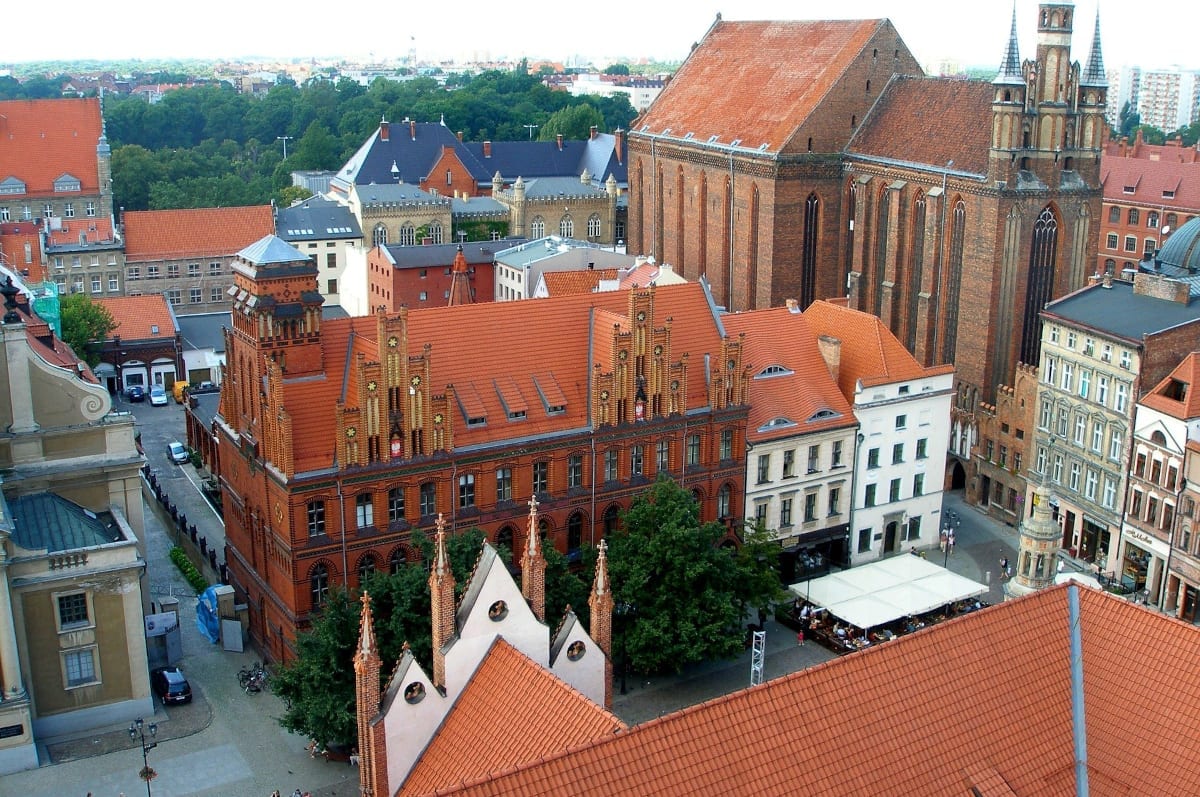
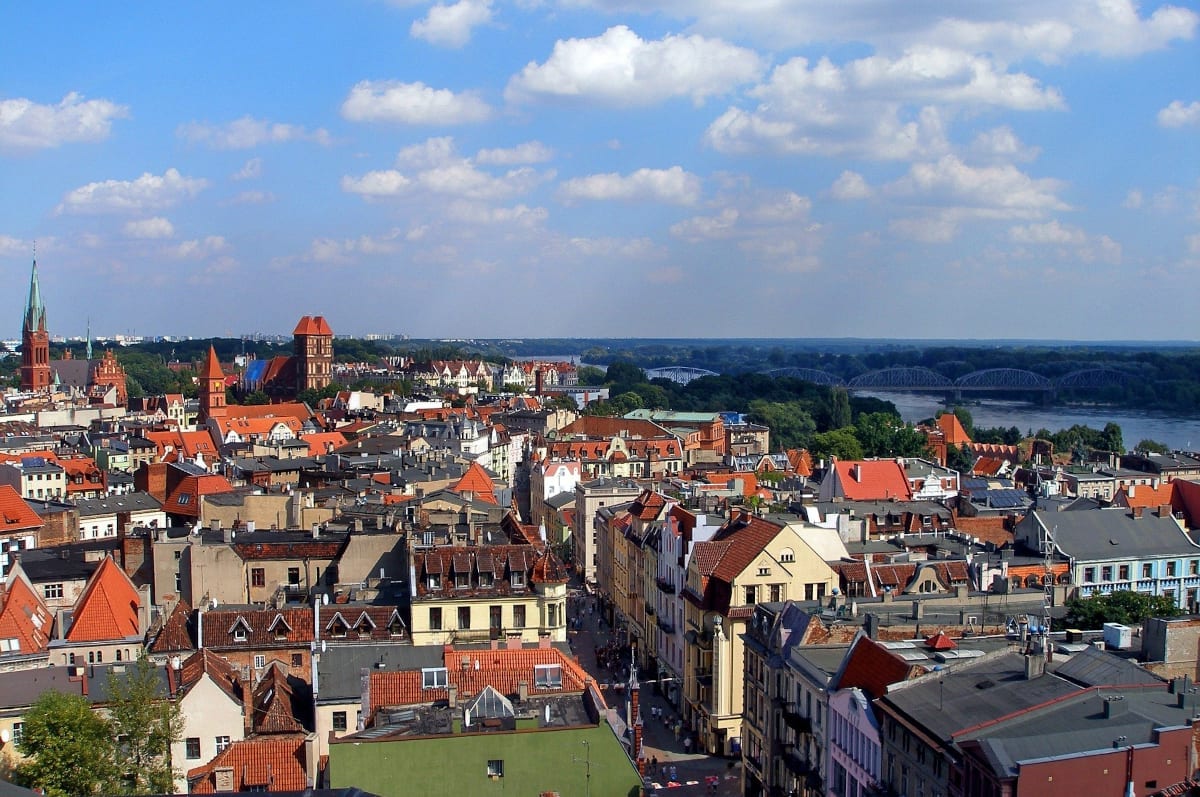

Leave Warsaw for a day and see the birthplace of Nicolas Copernicus! Let your driver pick you up from your accommodation in Warsaw and visit Toruń with a private guide. Learn about the charming city of Toruń, one of the few Polish cities to escape major damage in World War II. Snap pictures of the beautifully preserved Old Town, a UNESCO World Heritage Site.


Quality dental treatment in Poland at 50-70% off UK prices.
Combine affordable dental care with a holiday or short break

